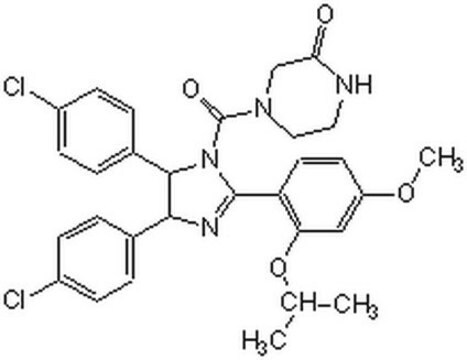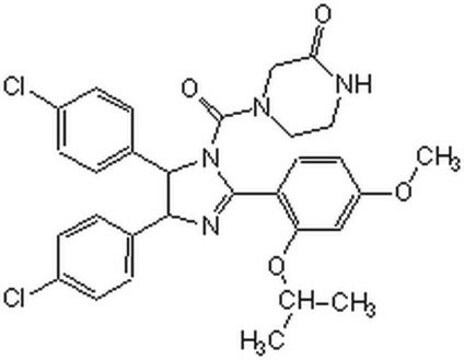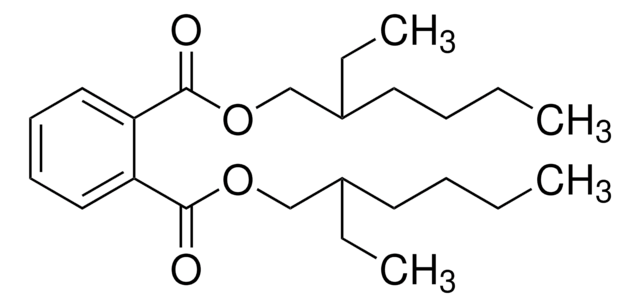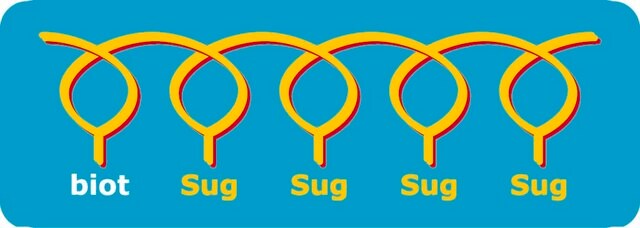444158
MDMX Inhibitor, NSC207895
The MDMX Inhibitor, NSC207895 controls the biological activity of MDMX. This small molecule/inhibitor is primarily used for Cancer applications.
別名:
MDMX Inhibitor, NSC207895, 7-(4-Methylpiperazin-1-yl)-4-nitro-2,1,3-benzoxadiazole-1-oxide, 7-(4-Methylpiperazin-1-yl)-4-nitro-1-oxido-2,1,3-benzoxadiazol-1-ium, XI-006
ログイン組織・契約価格を表示する
すべての画像(2)
About This Item
おすすめの製品
品質水準
アッセイ
≥98% (HPLC)
フォーム
solid
メーカー/製品名
Calbiochem®
保管条件
OK to freeze
protect from light
色
dark red
溶解性
DMSO: 50 mg/mL
輸送温度
ambient
保管温度
2-8°C
SMILES記法
CN(CC1)CCN1C(C2=[N]([O-])ON=C23)=CC=C3[N+]([O-])=O
詳細
A cell-permeable benzofuroxan compound that is shown to downregulate the p53 negative regulator MDMX protein level in MCF-7, LNCaP, and A549 cells (1 to 10 µM for 16 to 24 h) by suppressesing MDMX promoter transcription activity (IC50 = 2.5 µM in HT1080 reporter assays), leading to enhanced p53 stabilization/activation and an upregulation of the p53 downstream gene MDM2 production, which in turn could mediate further cellular MDMX proteolytic degradation. A great complement to MDM2 antagonist Nutlin-3 (Cat. Nos. 444143 & 444151) in growth inhibition of cancer cells that are more sensitive to MDMX than MDM2 inhibition, such as MCF-7 (72% vs. 42% growth inhibition by 5 µM XI-006 and Nutlin-3a, respectively, in 4 days.), where MDMX, but not MDM2, inhibition results in apoptosis induction.
包装
Packaged under inert gas
警告
Toxicity: Standard Handling (A)
再構成
Following reconstitution, aliquot and freeze (-20°C). Stock solutions are stable for up to 3 months at -20°C.
その他情報
Wang, H., et al. 2011. Mol. Cancer Ther.7, 611.
Berkson, R.G., et al. 2005. Int. J. Cancer115, 701.
Berkson, R.G., et al. 2005. Int. J. Cancer115, 701.
法的情報
CALBIOCHEM is a registered trademark of Merck KGaA, Darmstadt, Germany
保管分類コード
10-13 - German Storage Class 10 to 13
試験成績書(COA)
製品のロット番号・バッチ番号を入力して、試験成績書(COA) を検索できます。ロット番号・バッチ番号は、製品ラベルに「Lot」または「Batch」に続いて記載されています。
Rachel G Berkson et al.
International journal of cancer, 115(5), 701-710 (2005-02-25)
Activation of the p53 tumour suppressor is predicted to have therapeutically beneficial effects. Many current anti-cancer therapies activate the p53 response via DNA damage. Non-genotoxic activation of the p53 pathway would open the way to long-term and possibly prophylactic treatments.
Divya Venkatesh et al.
Genes & development, 34(7-8), 526-543 (2020-02-23)
MDM2 and MDMX, negative regulators of the tumor suppressor p53, can work separately and as a heteromeric complex to restrain p53's functions. MDM2 also has pro-oncogenic roles in cells, tissues, and animals that are independent of p53. There is less
ライフサイエンス、有機合成、材料科学、クロマトグラフィー、分析など、あらゆる分野の研究に経験のあるメンバーがおります。.
製品に関するお問い合わせはこちら(テクニカルサービス)








